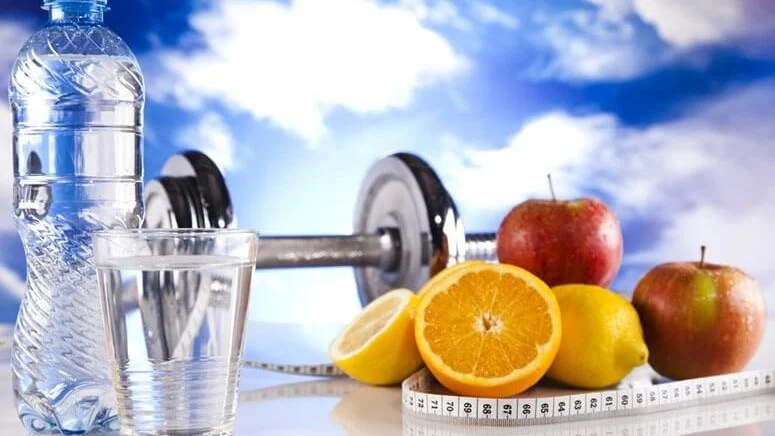From pain in the lower abdomen and fever to vomiting and constipation or diarrhea, managing the symptoms of diverticulitis with diet is possible. While antibiotics are necessary in many cases and rarely even surgery, eating a specific diverticulitis diet can ease the discomfort and serious symptoms associated with this inflammation of the diverticula in the colon. By including just a few nutritional tips in your diet, you can begin managing your diverticulitis symptoms.
Liquid Diet
First, if you are experiencing severe abdominal pain, your doctor may order blood work and a CT scan to check for “complicated acute diverticulitis”, manifested as an abscess or a perforation of the colon. This is a medical emergency. However, if you are experiencing “uncomplicated acute diverticulitis”, manifested as fever, less severe abdominal pain, vomiting, or a change in bowel habits that is affecting your ability to live a normal life or you are becoming dehydrated, your doctor will initially recommend a clear liquid diet.
Here are a few clear liquids you can consume daily to manage your symptoms and ensure you remain hydrated:
- Pedialyte/Gatorade
- Fruit Juice with no added sugar
- Broth
- Ice popsicles
You should avoid eating any foods until you and your doctor believe the diverticulitis is under control. Then, you can advance to a full liquid diet then gradually add solid foods back into your diet.
Foods
It is best to start eating slowly. Focus on low-fiber food initially, which places less stress on your digestive system and colon. Then, incorporate fiber-rich foods into your diet.
Fiber is essential for your colon because it bulks up your stools to help them pass more comfortably. Proper bowel movements decrease pain in the colon and discomfort in the abdomen while easing the inflammation of the diverticula.
Make sure to eat fiber-rich foods such as whole-wheat bread, pasta, and cereal. Also, kidney and black beans are helpful for your colon health. Fresh apples, pears, prunes, and vegetables including squash, potatoes, spinach, and peas are key foods to include in your diverticulitis diet.
Drinking fluids is imperative if you are vomiting or struggling with diarrhea since you can become dehydrated easily. Hydration is also important for your colon’s function and having comfortable bowel movements.
Most doctors recommend 8 glasses of water each day, but the total amount of water your body needs depends on your body weight. To stay hydrated, make sure to drink half of your body’s weight in ounces. For example, if you weigh 180 pounds, you should drink 90 ounces of fluids each day.
Living with diverticulitis is possible, but the uncomfortable symptoms and possible complications can alter your lifestyle. Be sure to talk to your doctor about the best options for treating your specific case as well as essential foods to incorporate and avoid in your diet. For information on the condition and a diverticulitis diet that fits your needs, contact Texas Digestive Disease Consultants today at https://tddctx.com/.
Texas Digestive Disease Consultants | Diverticulitis Diet | https://tddctx.com/
Edited by: Rajesh Putcha, MD

